Cooktown 14 October 2023
Cooktown was founded as the supply port for the Palmer River Goldfields after gold was discovered in 1872 but it’s more famous as the place where Captain Cook beached the Endeavour for repairs in 1770. Today Cooktown is an easygoing town with a population of about 2,000, 4 hours driving north of Cairns. It seems over-tourism hasn’t arrived.
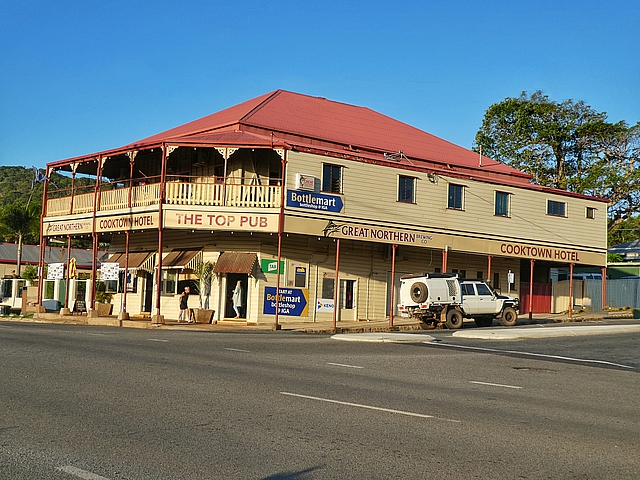
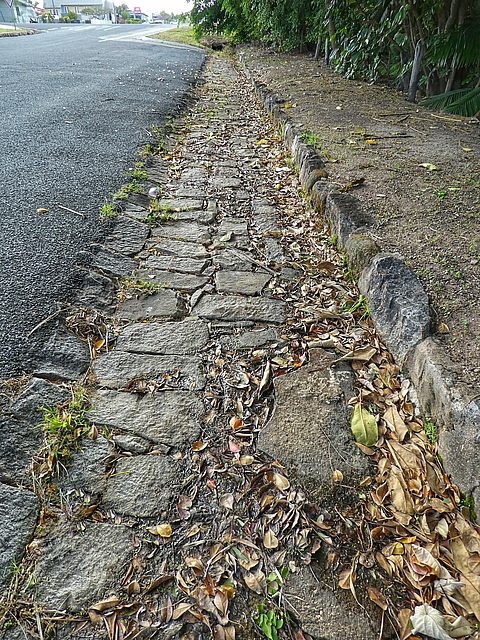
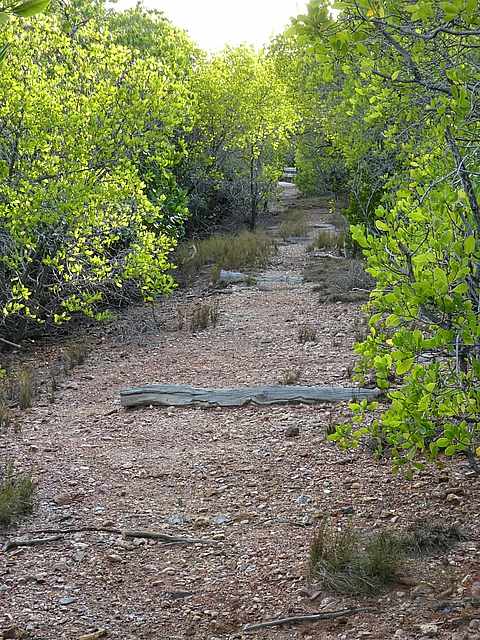
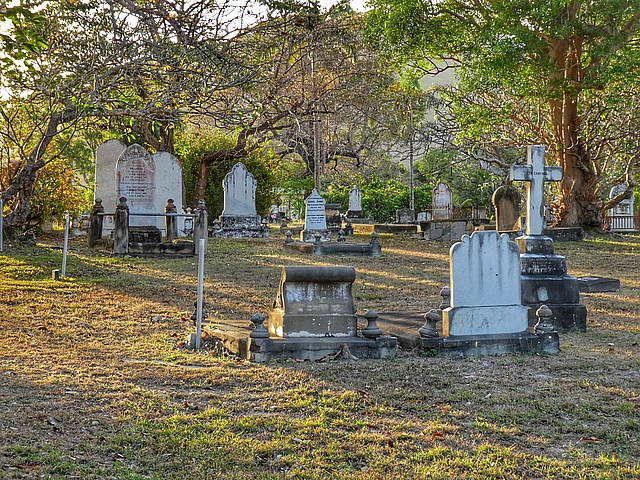
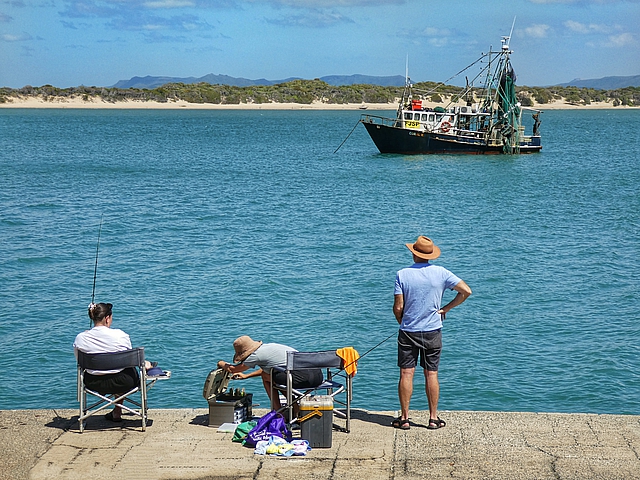
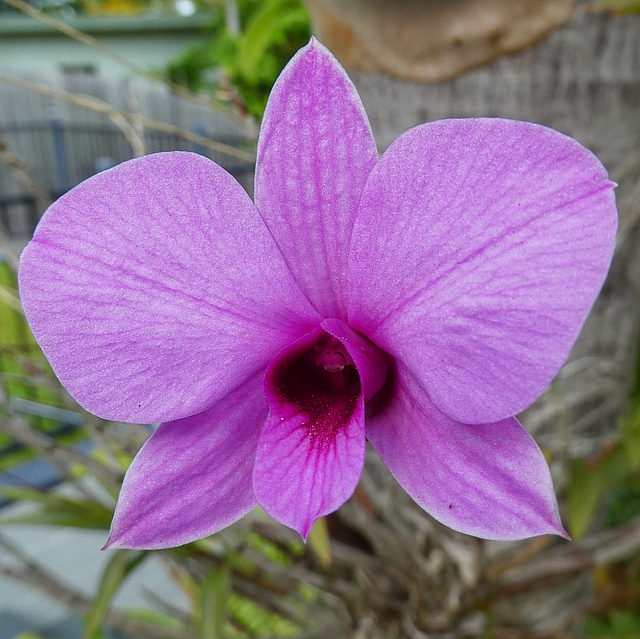
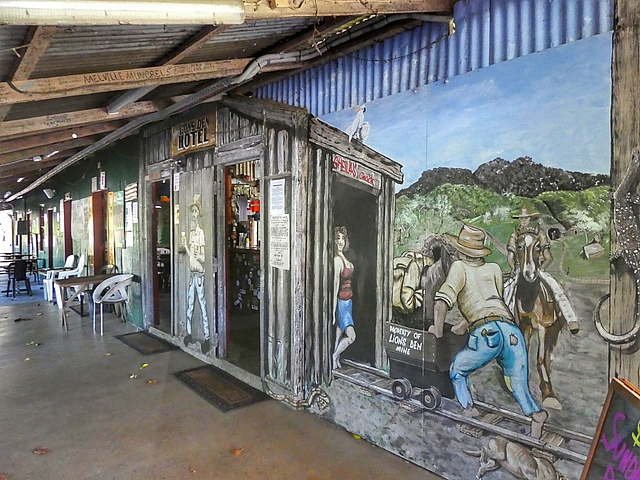
Laura 15 October 2023
Evidence of Aboriginal occupation around Laura dates back 34,000 years and rock art 27,000 years. During the wet, they would camp under sandstone shelters on the high ground, staining the soft sandstone rock faces with various dyes to produce the art we went to see. This is Quinkan Country, named for the mythical figures that inhabit the land. Quinkan Country is distinguished from other regions by the richness, size and density of its figurative art and the diversity of Aboriginal paintings and engravings.
The town of Laura, population about 100, on the main Cape York road is 330 km north west of Cairns. It was established in 1873 to supply travellers coming from Cooktown to the Palmer Goldfields.
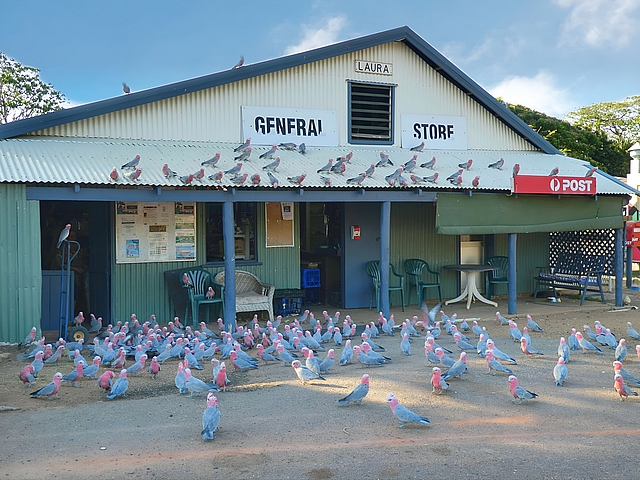
The galahs have been fed here every afternoon for 45 years
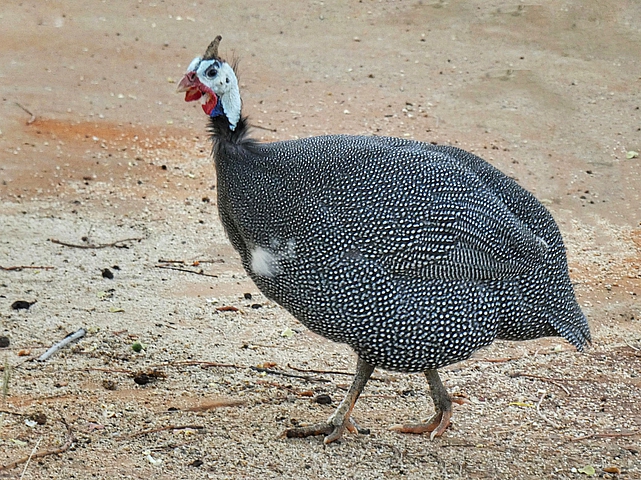
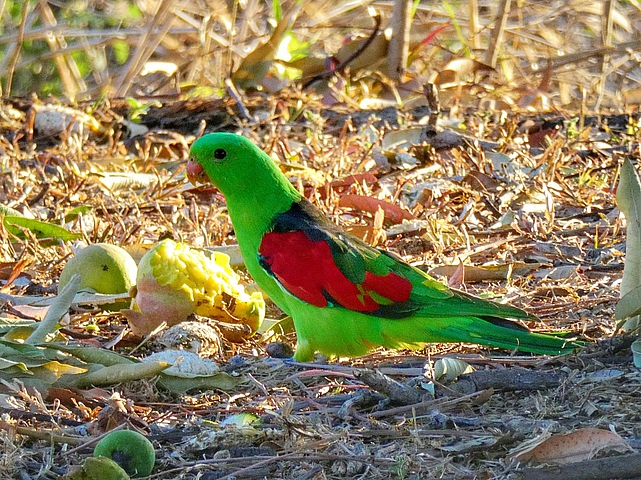
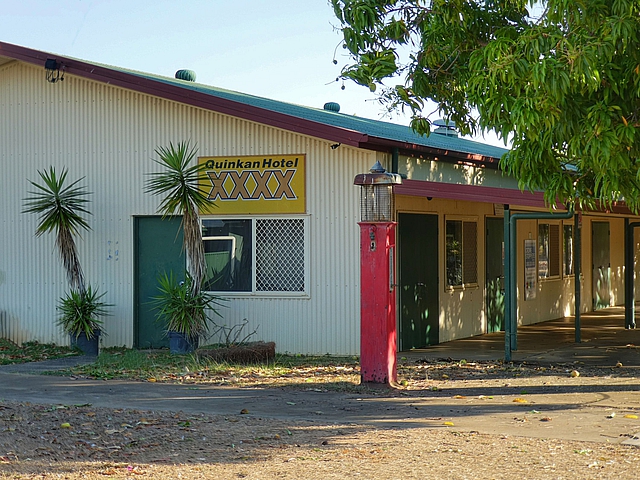
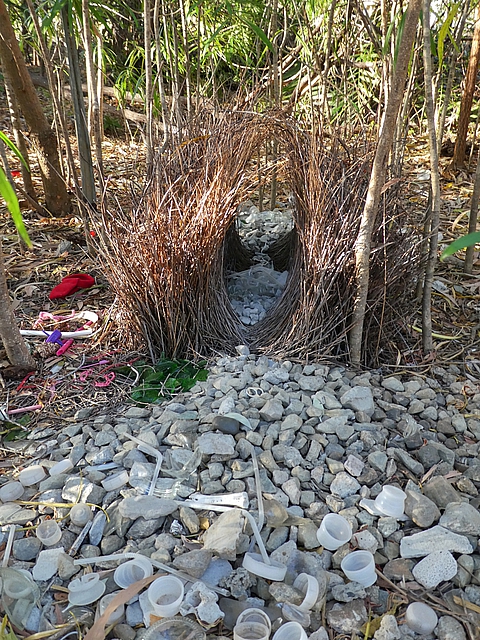
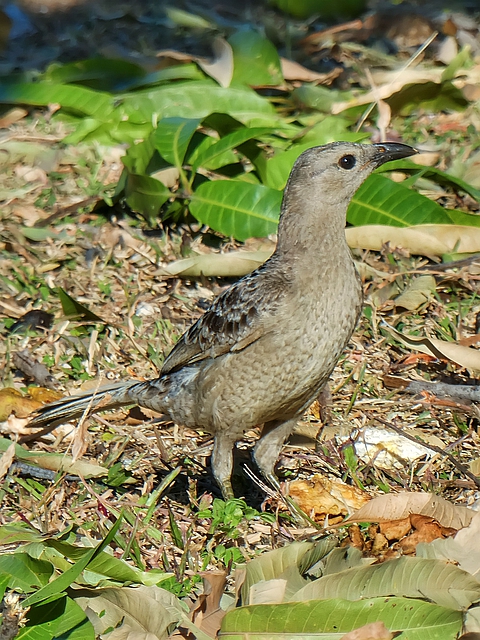
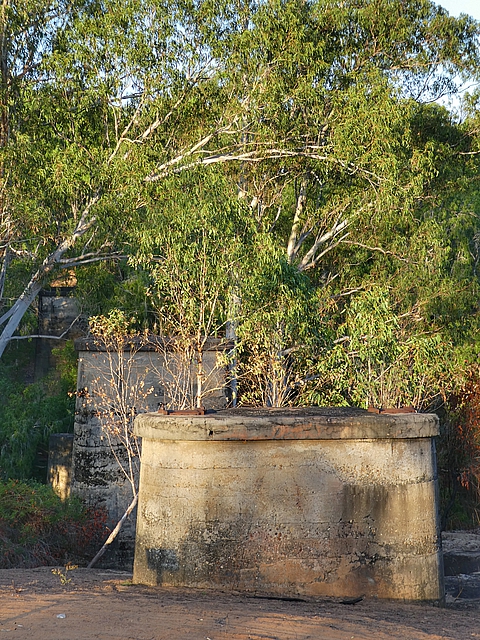
Rock Art 16 – 18 October 2023
Johnny Murison, a Kuku-Yalanji man from Cape York Peninsula, with immense knowledge of Aboriginal culture is the owner and guide of Jarramali Rock Art Tours. Behind the scenes his wife Erica works tirelessly maintaining the camp and producing meals, helped by three delightful children. The only way to get to these remote sites is with Johnny and he does a fantastic job of bringing alive ancient art.
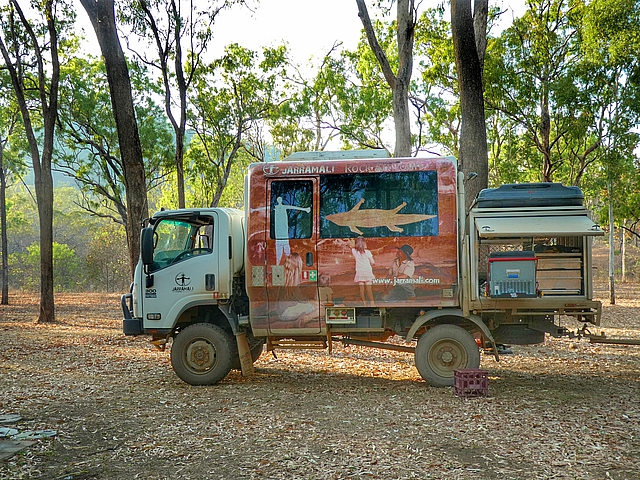
It’s about an hour to the camp on a dry weather only 4WD dirt road
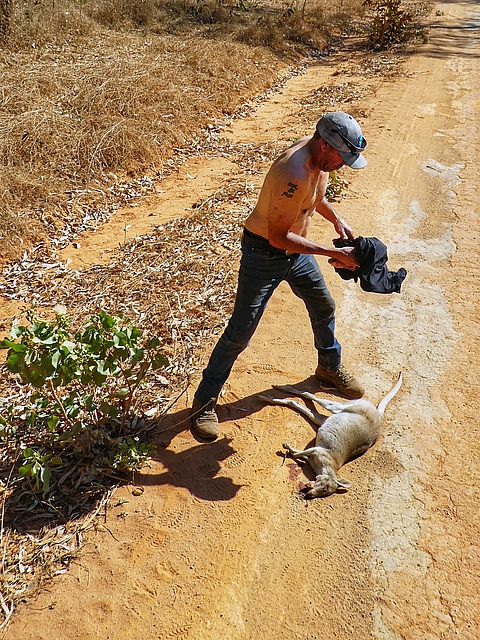
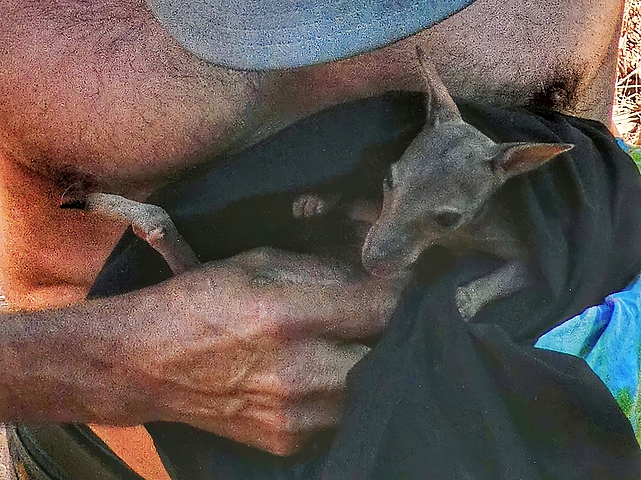
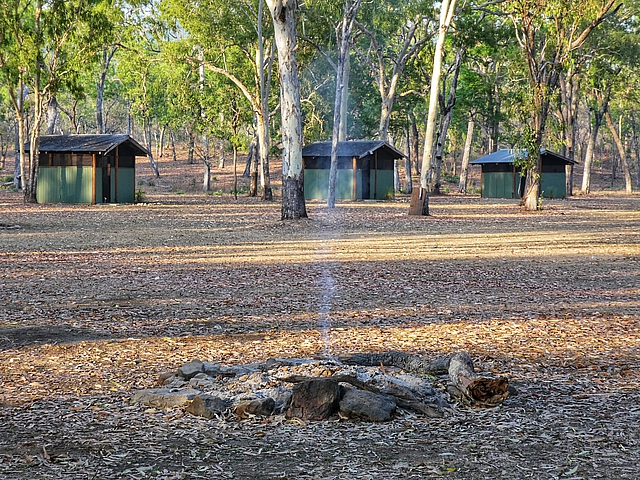
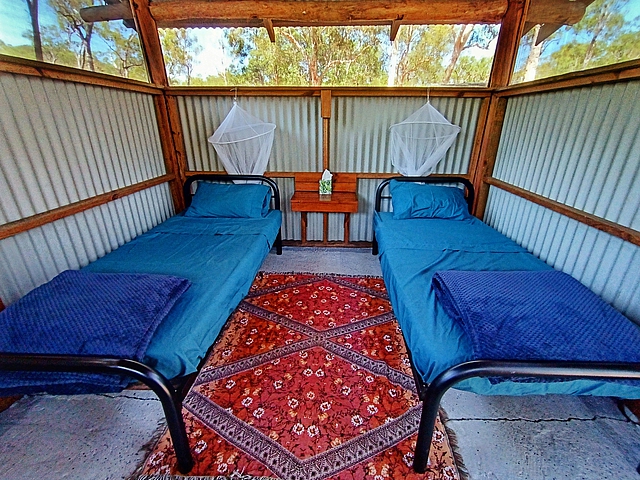
After arriving at the camp we travelled about half an hour in All Terrain Buggies and hiked a few kilometres to visit 5 remote galleries. Human, spiritual figures, animals, reptiles and fish, these sites display the work of artists over hundreds of generations.
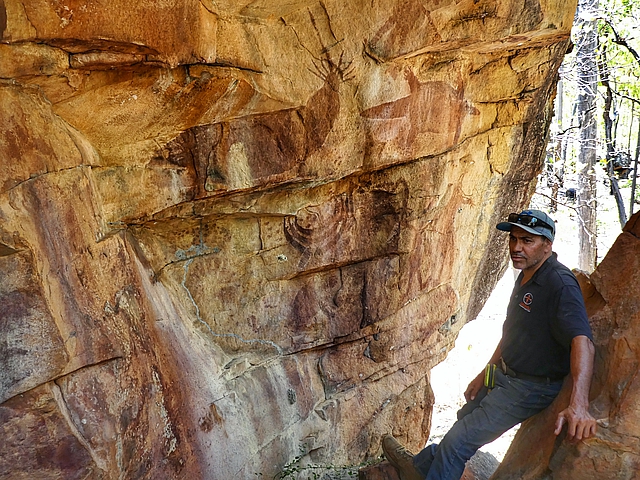
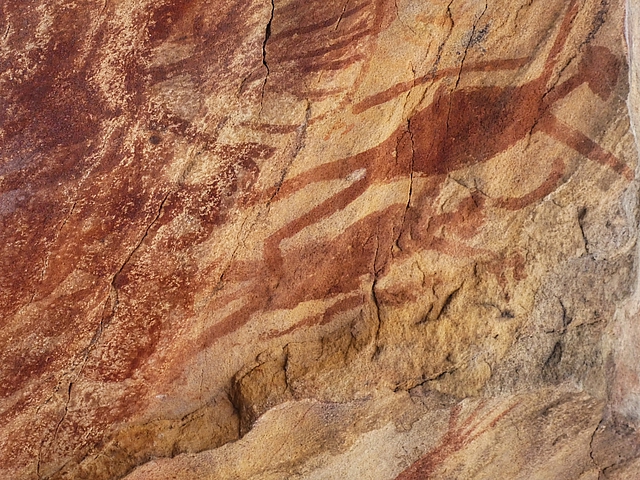
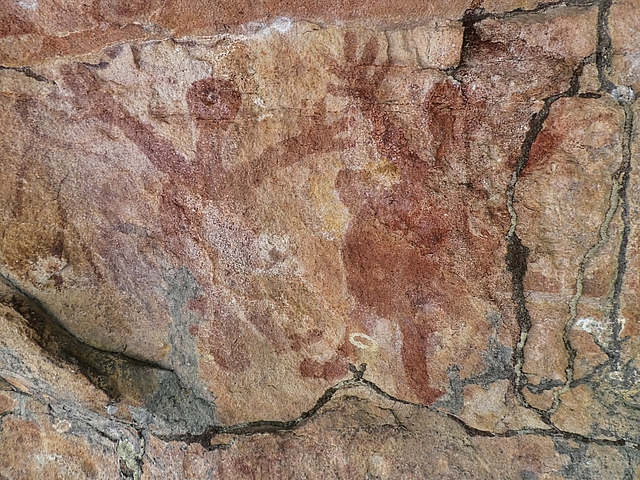
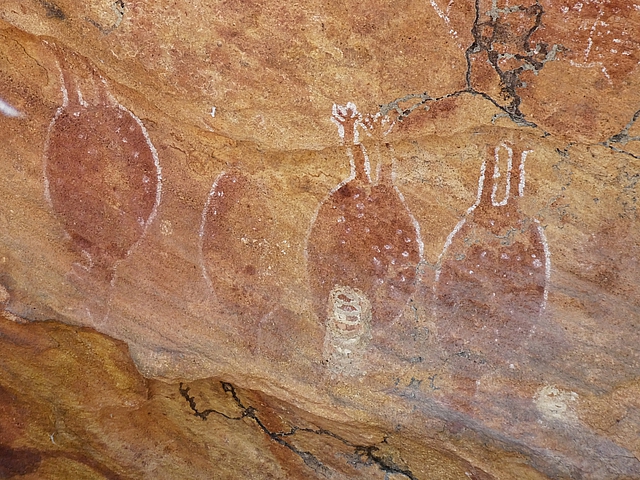
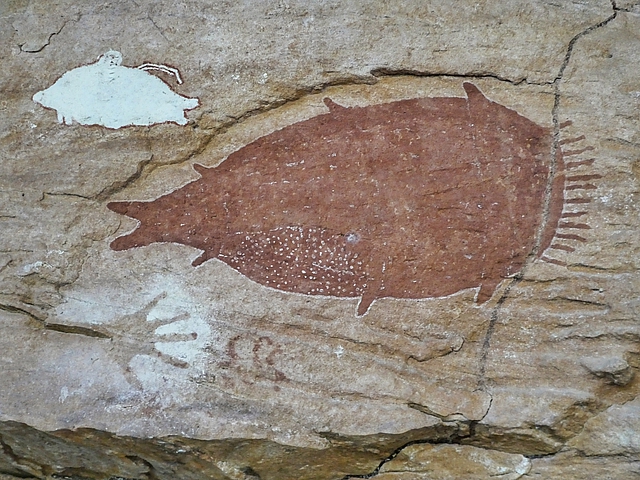
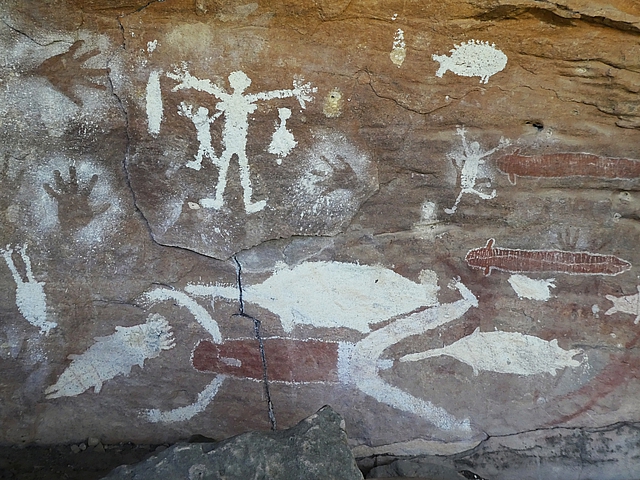
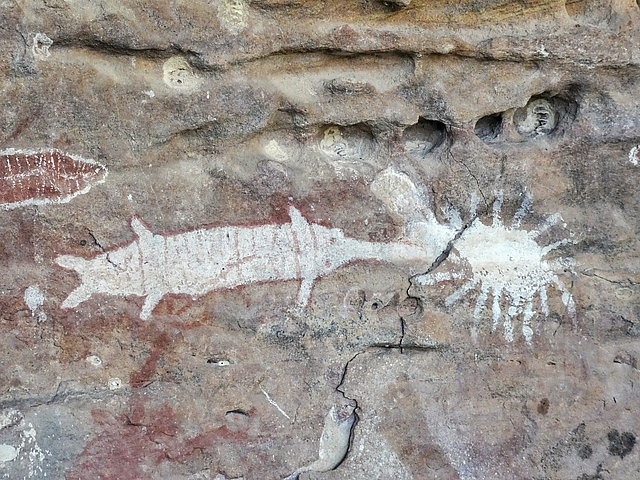
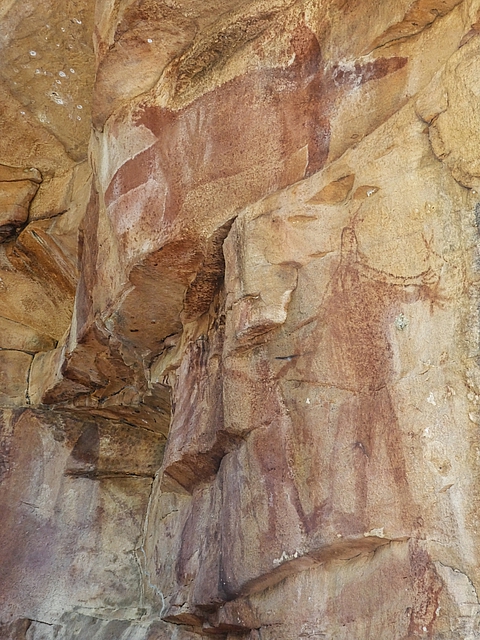
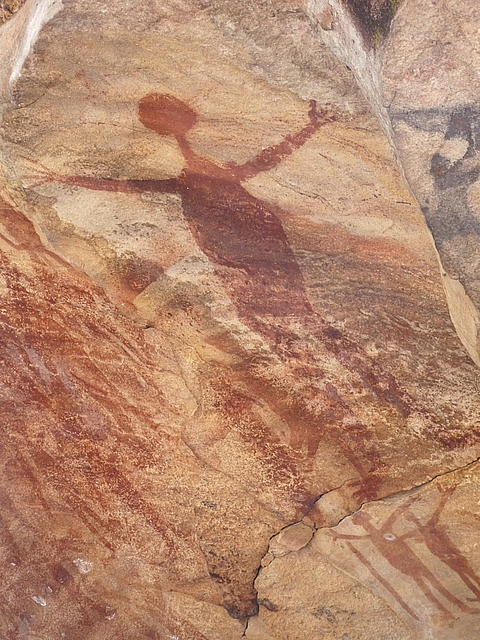
Day two required a 15 km hair-raising drive in the ATV buggies along the Old Coach Road and a short hike to the “Magnificent Gallery”.
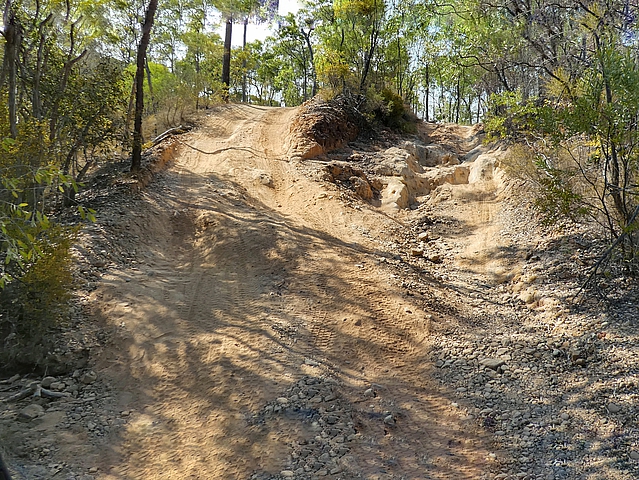

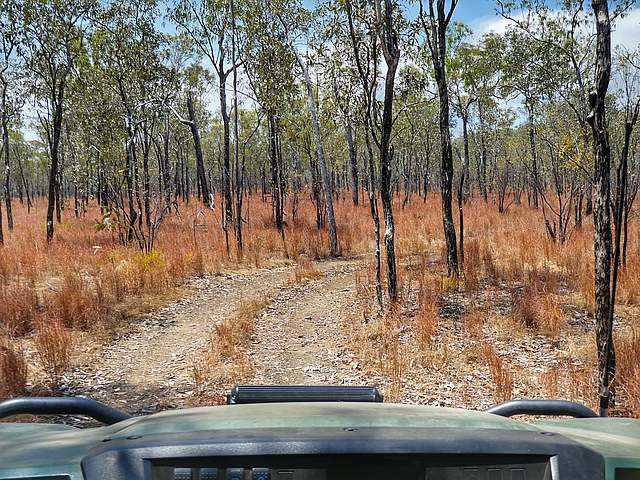
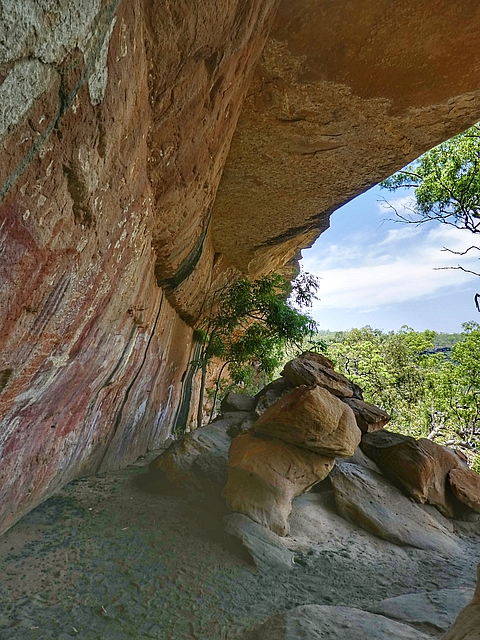
“Tamara’s, the good spirits. They have long-limbed, thin bodies which provide camouflage among the trees, and also allowing them to quietly withdraw into rock crevices.
Imjims are the bad spirits and have a distinctive long, bulbous-tipped appendage. They bounce like kangaroos and live like frogs.”
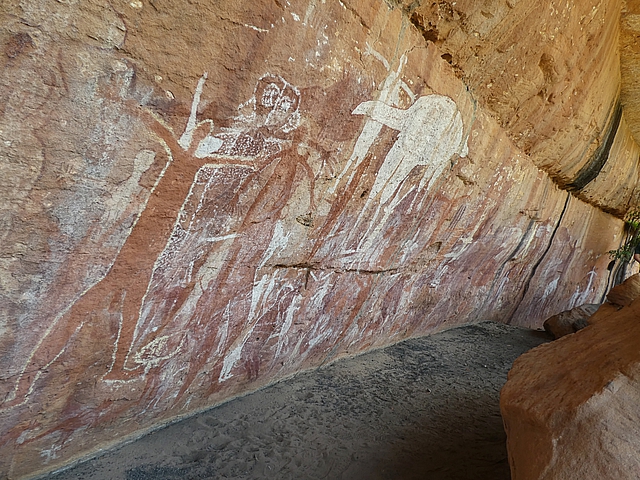
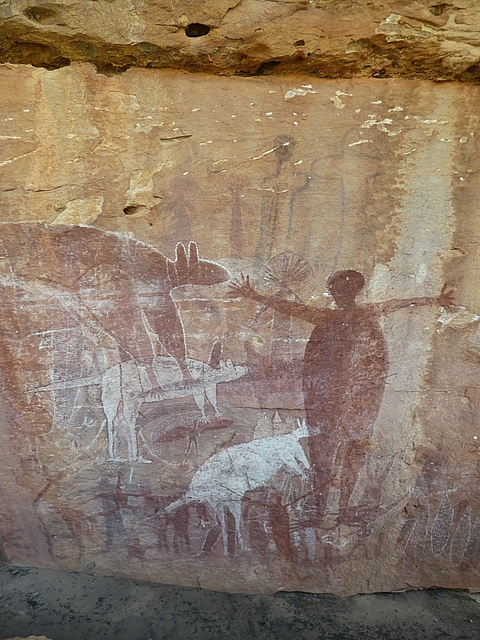
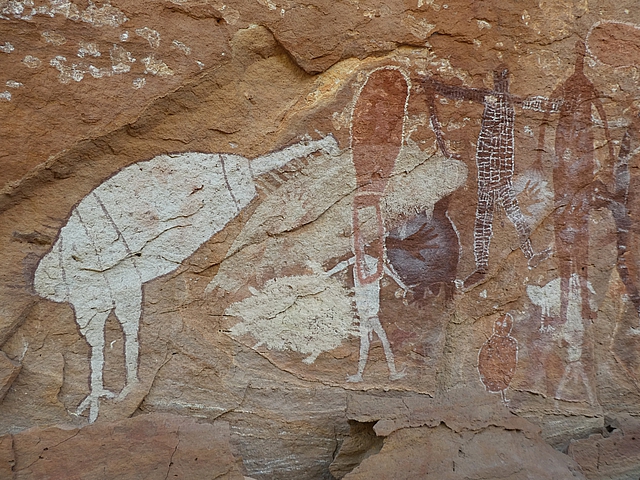
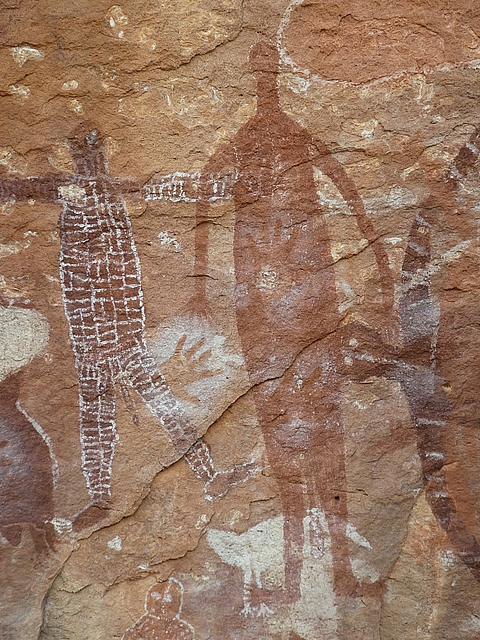
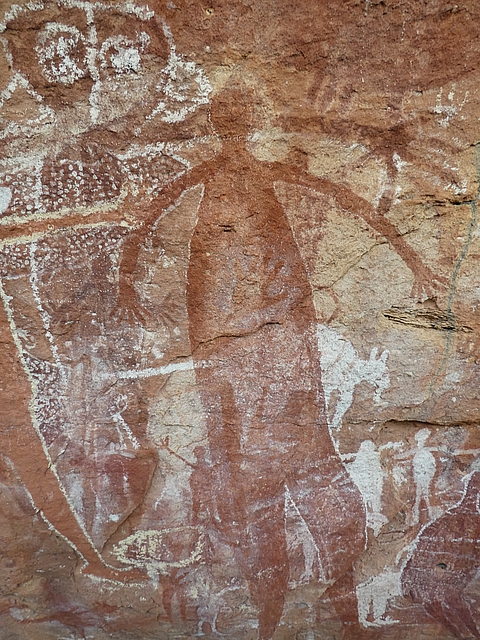
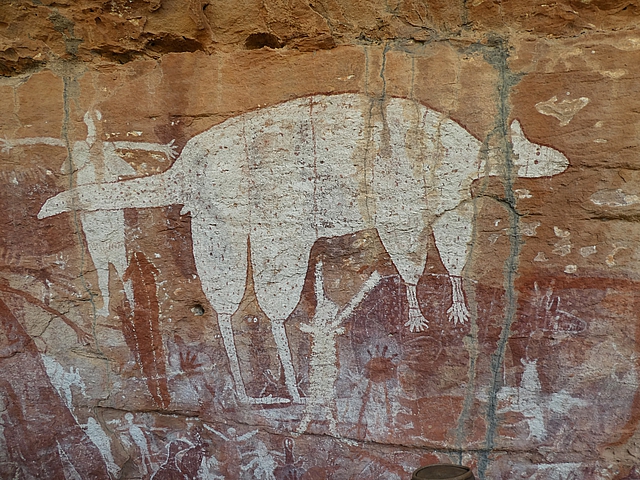
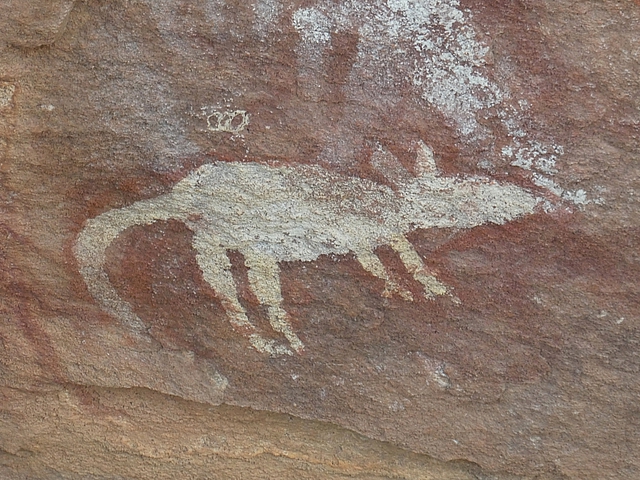
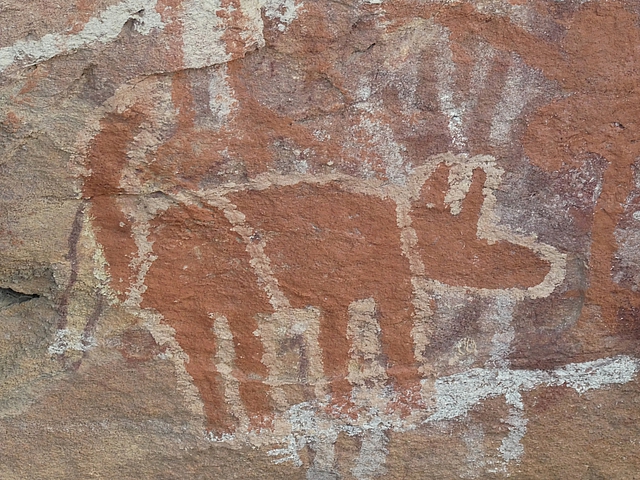
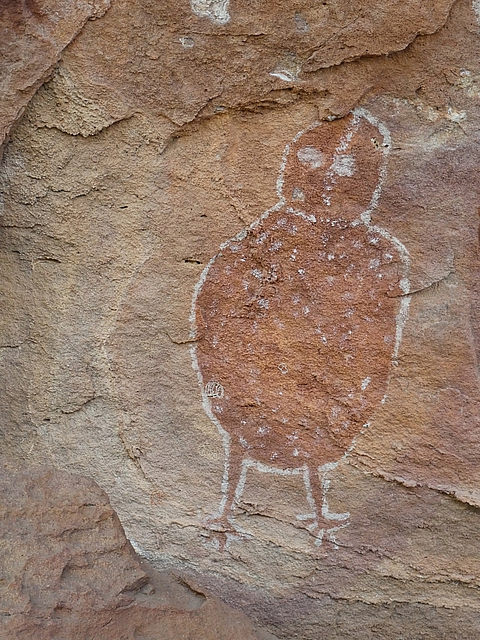
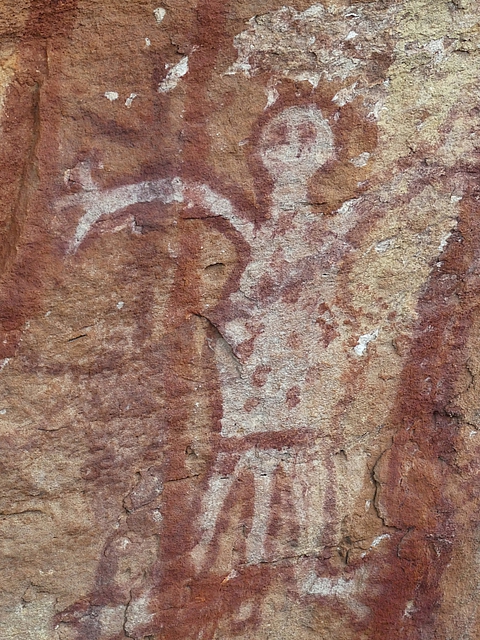
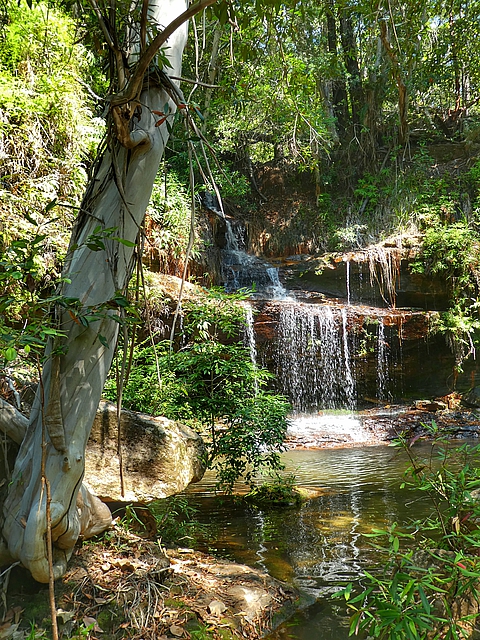
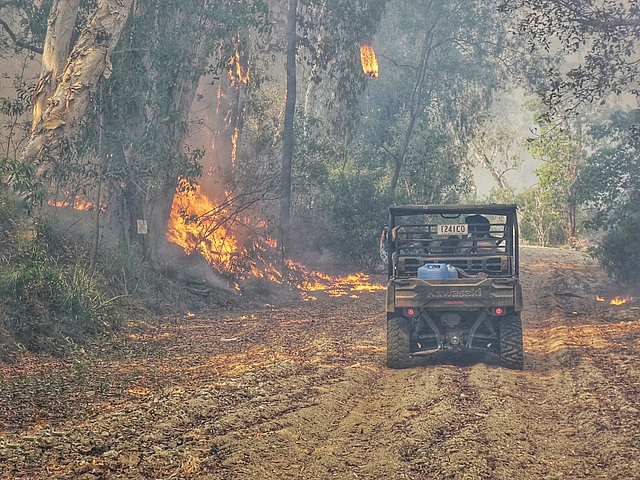
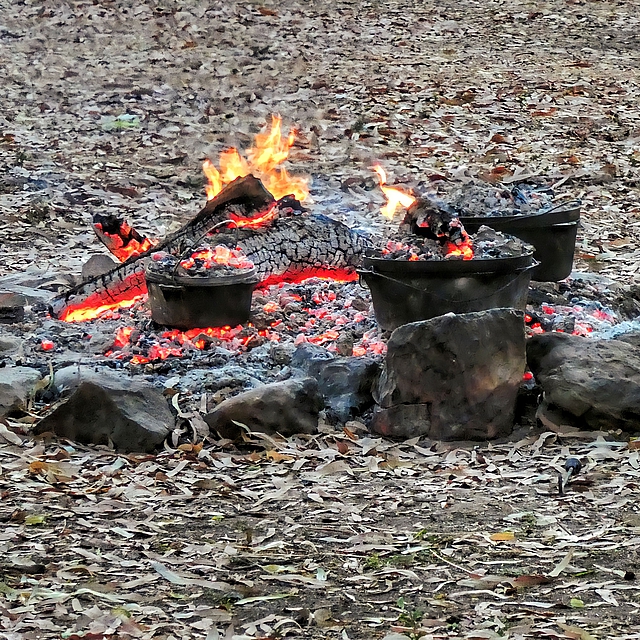
Thanks Johnny and Erica for a fabulous experience!
